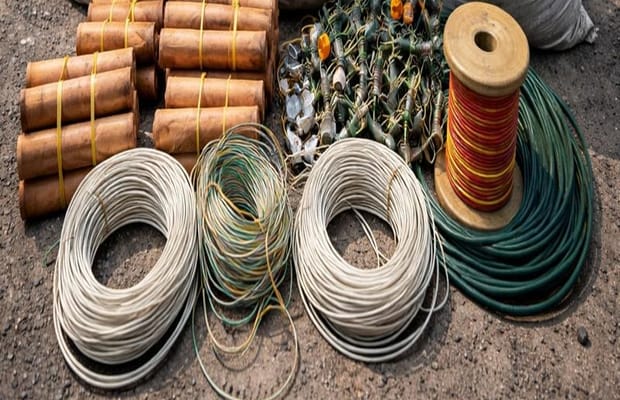
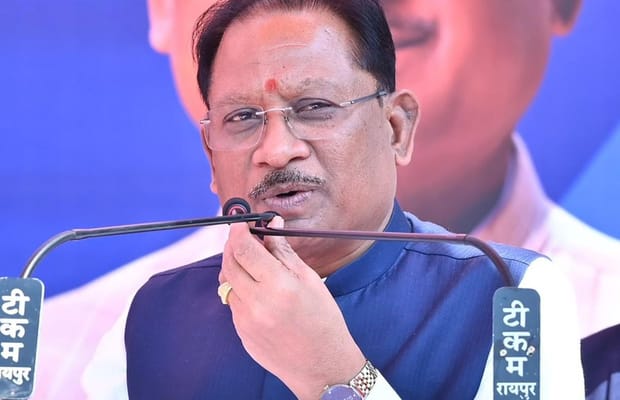
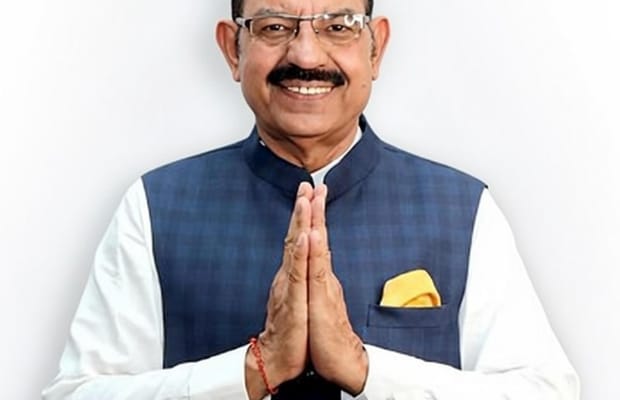
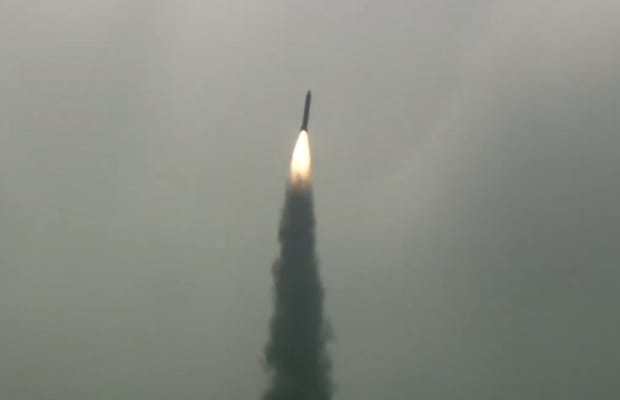
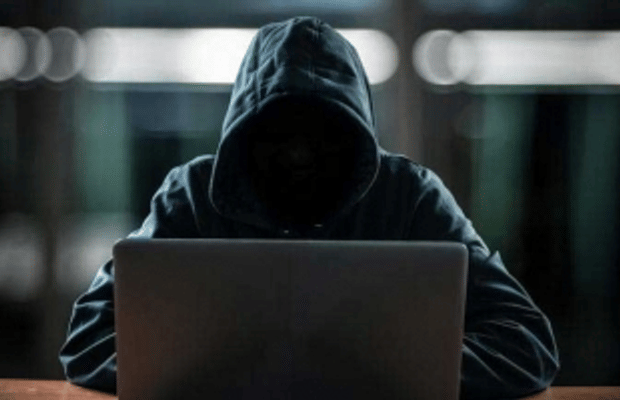



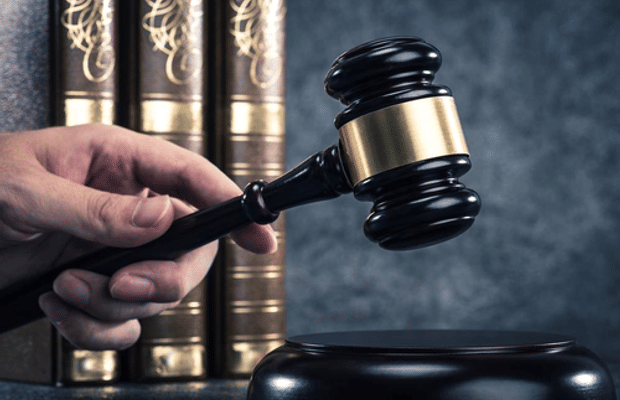

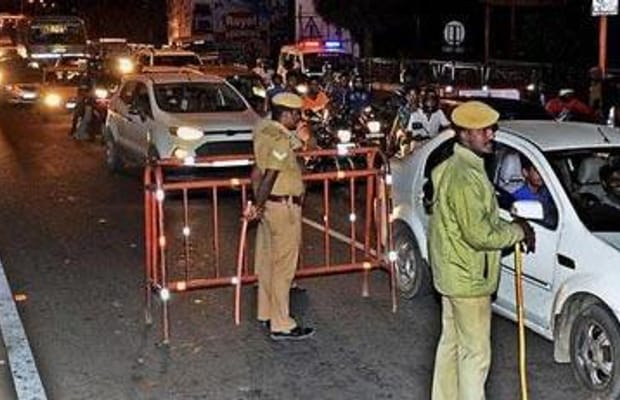

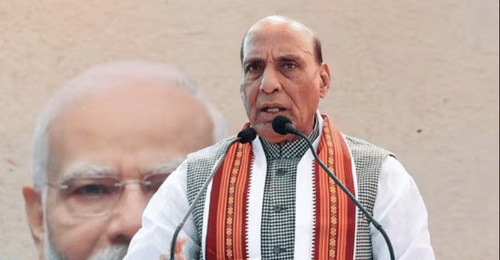

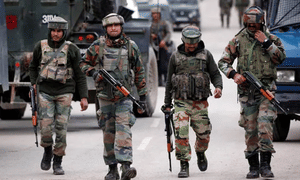

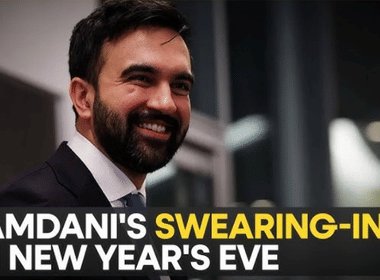
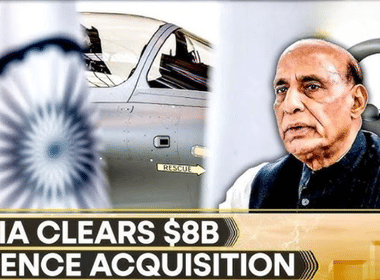
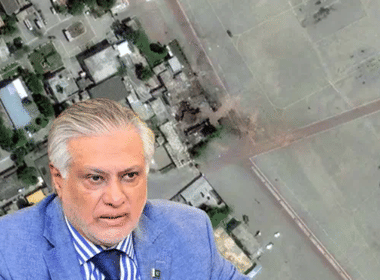





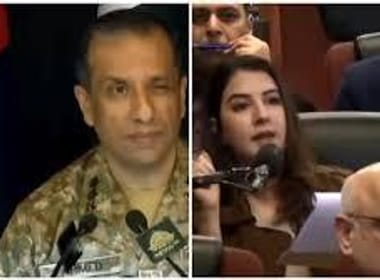




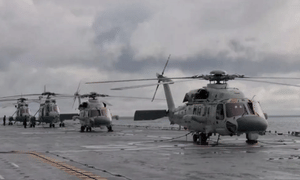
US President Donald Trump has expressed that he is unconcerned about China’s military drills around Taiwan, which China claims as its territory. Speaking to reporters on Monday, Trump said he has a good relationship with President Xi Jinping and had not been informed about the drills, adding that such naval exercises have been occurring in the area for the past 20 years.
The drills, which began on Monday, follow a recent announcement of one of the largest US arms sales to Taiwan. China described the exercises as a warning against “Taiwan independence separatist forces” and foreign interference, including 10 hours of live-fire drills in sea and air zones surrounding the island. The Chinese Eastern Theater Command has deployed destroyers, frigates, and fighter-bombers to test “sea-air coordination” and “integrated containment capabilities.”
Taiwan’s defense ministry reported detecting 130 Chinese military aircraft on Tuesday, 90 of which crossed the “median line,” an unofficial border China does not recognize. The ministry also noted the presence of over a dozen Chinese navy vessels, with Taiwan responding by deploying aircraft, ships, and coastal missile systems. Taiwan’s presidential office criticized the drills, calling them a challenge to international norms. President Lai Ching-te stressed that Taiwan would act responsibly to avoid escalating conflict while ensuring national security.
Experts suggest that the drills are aimed more at sending a message to the US, Trump, and Japan than at Taiwan. Susan Shirk, former US Deputy Assistant Secretary of State, said the exercises express China’s displeasure over the US arms sales, which now include offensive weapons capable of striking the Chinese mainland. Concerns have been raised that Trump’s transactional approach to foreign policy might reduce America’s commitment to Taiwan in exchange for economic benefits.
Alexander Neill of the Pacific Forum noted that China’s exercises demonstrate operational capability and that while Trump is correct that such drills have increased over two decades alongside China’s military modernization, his personal rapport with Xi is unlikely to influence China’s actions regarding Taiwan.
China has long vowed to “reunify” with Taiwan, including the potential use of force, and has increased military pressure in recent years. The US, while officially recognizing Beijing, remains Taiwan’s largest arms supplier, recently approving an $11 billion weapons package. China responded with sanctions against US defense firms and warned that attempts to contain it through Taiwan will fail. Chinese Foreign Minister Wang Yi emphasized that national reunification of Taiwan remains a historic mission and vowed to counter perceived provocations and US arms sales.
Disclaimer: This image is taken from BBC.
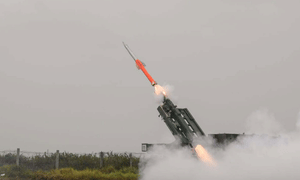
The Defence Acquisition Council (DAC), the Defence Ministry’s highest procurement decision-making body, is expected to convene today to approve several major indigenous projects for India’s armed forces. Among the key proposals is a domestically developed integrated air defence weapon system intended to shield the Delhi-NCR region from aerial threats.
To strengthen the Indian Army’s drone warfare capabilities, the council is likely to consider the procurement of approximately 850 loitering munitions. The Indian Navy has also submitted a proposal to acquire a substantial number of medium-range surface-to-air missile systems from Indian manufacturers to enhance the protection of its warships. Another significant item on the agenda is a decision on leasing two Sea Guardian MQ-9B high-altitude long-endurance drones from the United States for about three years. India has already signed a separate agreement to purchase 31 of these drones, with deliveries expected to begin in 2028.
For the Indian Air Force, the ministry is expected to approve the development and induction of a large batch of Astra Mark-2 air-to-air missiles, capable of striking targets beyond 200 km, along with a specific number of Meteor air-to-air missiles. The Army has also proposed an indigenous upgrade programme for 200 T-90 battle tanks through a defence public sector undertaking.
The meeting is also likely to examine a proposal for the acquisition of a significant number of Israeli-made Spice-1000 air-to-ground missiles for the Air Force. Additionally, the case for procuring six aerial refuelling aircraft — with Israel Aerospace Industries as the only vendor — is expected to be discussed. Finally, the DAC, comprising senior defence ministry officials and top military leadership, may approve the development of 120-kilometre-range Pinaka rockets. These extended-range rockets would be compatible with the existing launchers used for the 45 km and 80 km variants.
Disclaimer: This image is taken from ANI.

The closing ceremony of the fifth edition of the India–Malaysia joint military exercise Harimau Shakti was held on Friday at the Mahajan Field Firing Range in Rajasthan. The two-week exercise focused on joint tactical training and sub-conventional operations under a United Nations mandate, with the objective of improving interoperability, operational coordination, and mutual trust between the two armies.
According to the Indian Army, the drills strengthened the ability of both forces to carry out counter-terrorism and sub-conventional operations in semi-urban and urban environments, reflecting their shared commitment to regional peace, stability, and defence cooperation. “Together we stand ready for tomorrow,” the Army stated. The fifth edition of the exercise began on December 5 and concluded on December 18.
During the training period, troops from both sides conducted Army Martial Arts Routine drills, helicopter slithering, and low-hover jumps from Mi-17 helicopters. Counter-IED familiarisation was also carried out through structured briefings and visits to specialised training facilities. The exercise included a joint display of weapons and equipment, showcasing next-generation systems used at the company and battalion levels. Yoga sessions and friendly sports activities were organised to encourage physical fitness and strengthen camaraderie.
As part of the programme, troops were introduced to counter-insurgency and counter-terrorism concepts, followed by lectures and demonstrations on patrolling techniques. Mixed teams carried out joint patrolling rehearsals in simulated operational scenarios to enhance coordination, decision-making, and mission planning. Ambush theory sessions, practical demonstrations, a Command Post Exercise, and slithering drills further improved small-team tactics, operational planning, and heliborne insertion skills in challenging terrain. The Indian Army said the exercise once again reinforced professional ties, mutual trust, and defence cooperation between India and Malaysia through realistic training and shared operational experience.
Disclaimer: This image is taken from Indian Army.

Chief of Defence Staff General Anil Chauhan on Saturday reviewed the Combined Graduation Parade at the Air Force Academy in Hyderabad. Addressing the flight cadets, he underlined that warfare allows no second place, stressing that Operation Sindoor remains ongoing despite a reduction in operational intensity.
General Chauhan warned that there is zero tolerance for error and that complacency carries severe consequences. He noted that the cadets are entering the Air Force at a time marked by heightened operational readiness, calling it a new normal that demands constant alertness, agility, and preparedness. Emphasising that success must become habitual, he said wars are won through decisive action rather than words.
The parade marked the completion of pre-commissioning training for flight cadets from various branches of the Indian Air Force at the Air Force Academy, Dundigal, with General Chauhan serving as the Reviewing Officer. He also congratulated cadets from Vietnam, stating that their participation reflects the growing trust and friendship between India and Vietnam. Wishing all graduating trainees success, the CDS said their careers ahead would be defined by honour, sacrifice, and a sustained pursuit of excellence.
Disclaimer: This image is taken from ANI.



The United States’ confiscation of a sanctioned Venezuelan oil tanker represents a significant escalation, denounced by Caracas as “international piracy.” Andrea Heng and Hairianto Diman examine the underlying strategic signal the Trump administration is sending to Latin America in the context of China’s expanding influence, alongside Ross Feingold, Head of Research at Caerus Consulting. They assess whether this aggressive move qualifies as a justified national security action, whether it accomplished its intended objectives, and how neighbouring countries have responded in the immediate aftermath.
Disclaimer: This podcast is taken from CNA.
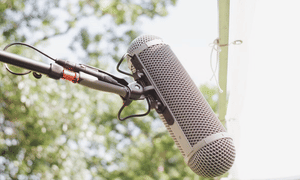
On September 3, China held its largest military parade to date in Beijing’s Tiananmen Square to commemorate the 80th anniversary of the end of World War II. The event featured tens of thousands of soldiers, along with hundreds of aircraft, ground vehicles, and advanced weaponry. More than just a show of military might, the parade was intended as a symbol of deterrence, national solidarity, and a display of Xi Jinping’s authority in a period of global uncertainty. Andrea Heng discussed the significance of the event with Dr. Mustafa Izzuddin, Senior International Affairs Analyst at Solaris.
Disclaimer: This Podcast is taken from CNA.
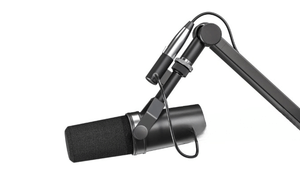
On May 18, Prime Minister Benjamin Netanyahu’s office announced that Israel would relax its blockade to allow limited food supplies into Gaza, following the military’s declaration of “extensive ground operations” in both the northern and southern regions of the enclave. Andrea Heng and Hairianto Diman provide the latest updates from Stephen Zunes, Professor of Politics at the University of San Francisco.
Disclaimer: This Podcast is taken from CNA.

India's military operations chief is set to meet with his Pakistani counterpart to discuss the next steps following the ceasefire. After some initial violations, there were no reports of explosions or projectiles overnight. Andrea Heng and Hairianto Diman provide the latest update with insights from Dr. Christopher Snedden, a political scientist and author.
Disclaimer: This Video is taken from CNA.











